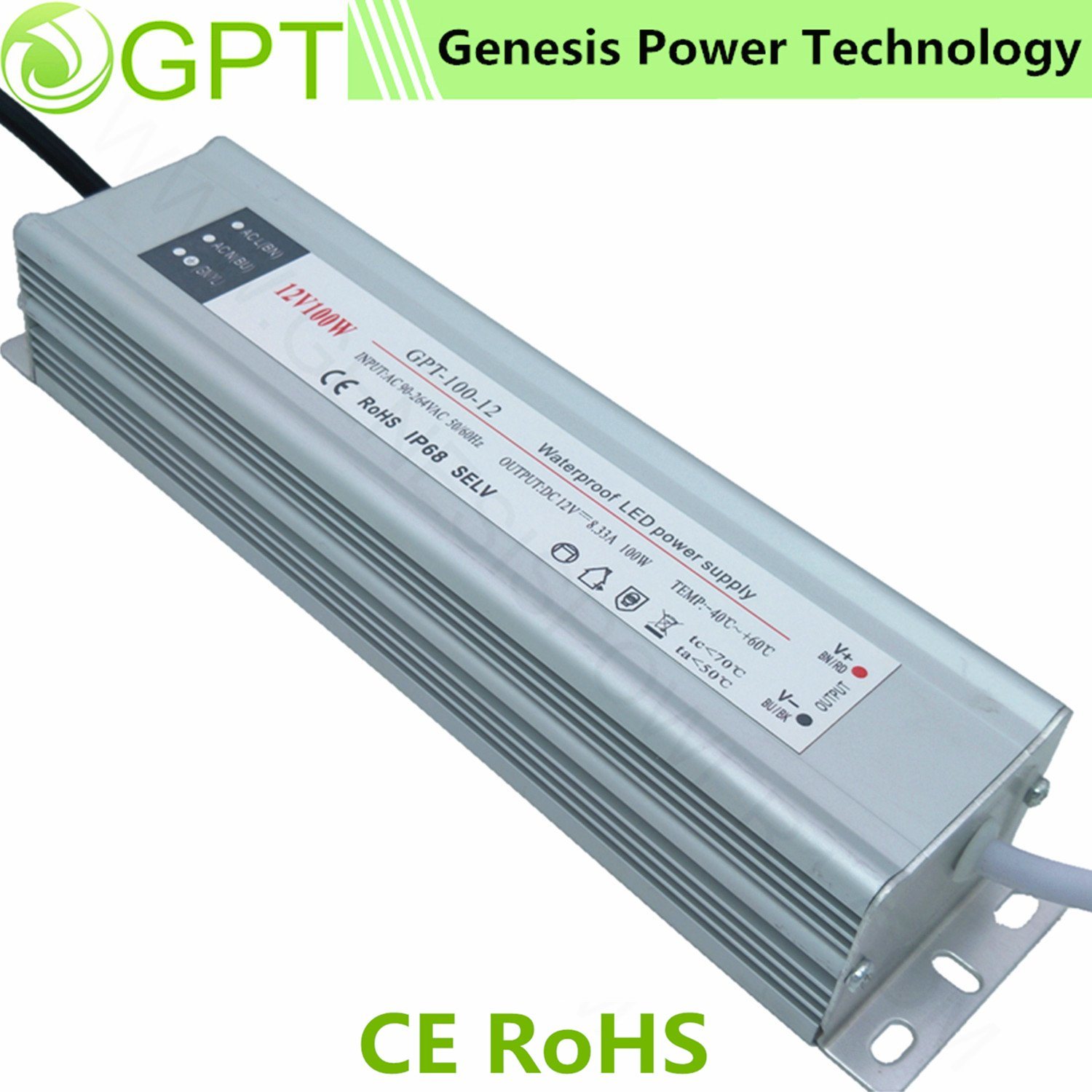The SMPS is a type of power supply that uses a switching regulator to convert the DC voltage. It works by rapidly switching the input voltage on and off and then filtering the output to produce a stable DC voltage. The SMPS has several advantages over traditional linear power supplies such as higher efficiency, smaller size, and better heat dissipation.

In our case, we want to design an SMPS that can output 6A current from a 12V battery. However, the current requirement may vary for different applications. So, it is essential to calculate the power requirement and choose the components accordingly.
The first component in the circuit is the transformer. The transformer steps up or steps down the voltage depending on the input and output voltage requirements. In our case, we need a step-down transformer that can convert the 12V input voltage to the desired output voltage. The transformer should be chosen such that it can handle the required current and should have a high efficiency.
The next component is the rectifier. The rectifier converts the AC output of the transformer to DC. The rectification can be done using a full-wave rectifier or a bridge rectifier. The choice of the rectifier depends on the application requirements.
After rectification, the DC voltage is filtered using capacitors. The capacitors smooth out the output voltage and reduce the ripple voltage. The filtering capacitors should be chosen such that they can handle the current requirement and the voltage rating should be greater than the output voltage.
The output of the filter capacitors is fed to the switching regulator. The switching regulator uses high-frequency switching to regulate the output voltage. The switching regulator can either be a step-up or a step-down regulator depending on the output voltage requirement. In our case, we need a step-down regulator that can output a voltage of 12V or lower.
The switching regulator should have a high efficiency, and the switching frequency should be chosen such that it does not interfere with other electronic devices. The output of the switching regulator is then filtered using capacitors to reduce the output ripple.
To generate a 6A output current, we need to connect multiple batteries in parallel. Connecting batteries in parallel increases the current capacity, but the voltage remains the same. However, it is essential to ensure that the batteries have the same voltage and capacity, and the current is distributed evenly among the batteries.
In conclusion, designing an SMPS that can generate a 6A output current from a 12V battery or multiple 12V batteries connected in parallel can be a challenging task. However, by choosing the right components and following the design guidelines, we can achieve a highly efficient and compact circuit that can meet the requirements of various applications.